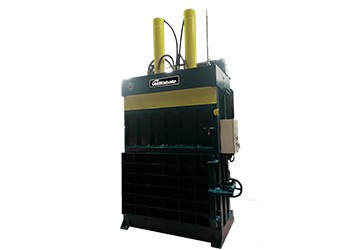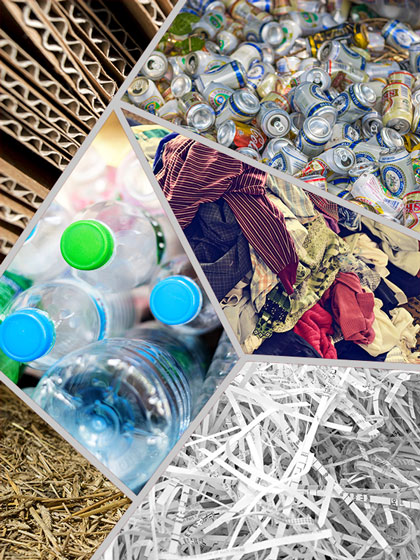What is Animal Fiber?
Animal fibers are natural produces coming from proteins of animals. The sources of these materials largely come from the nutrients which are released from the bodies of animals. These consist largely of proteins and keratin-based fibers mostly from sheep, alpaca, angora, cashmere, camel, and mohair. The main body part of these animals where animal fibers are produced is their wool or fur.
Why Process Animal Fiber?
One essential industry in the world is the production of animal fibers. These raw materials are used in the textile industry to make carpets, rugs, blankets, and stylish fabrics for clothing pieces. Sheep wool and yak wool are the most used and preferable animal fibers for making clothes. Mainly, these fibers are not only limited to the raw materials that make wool fabrics, these are also pertaining to silk, feathery fabrics, and fur fabrics.




